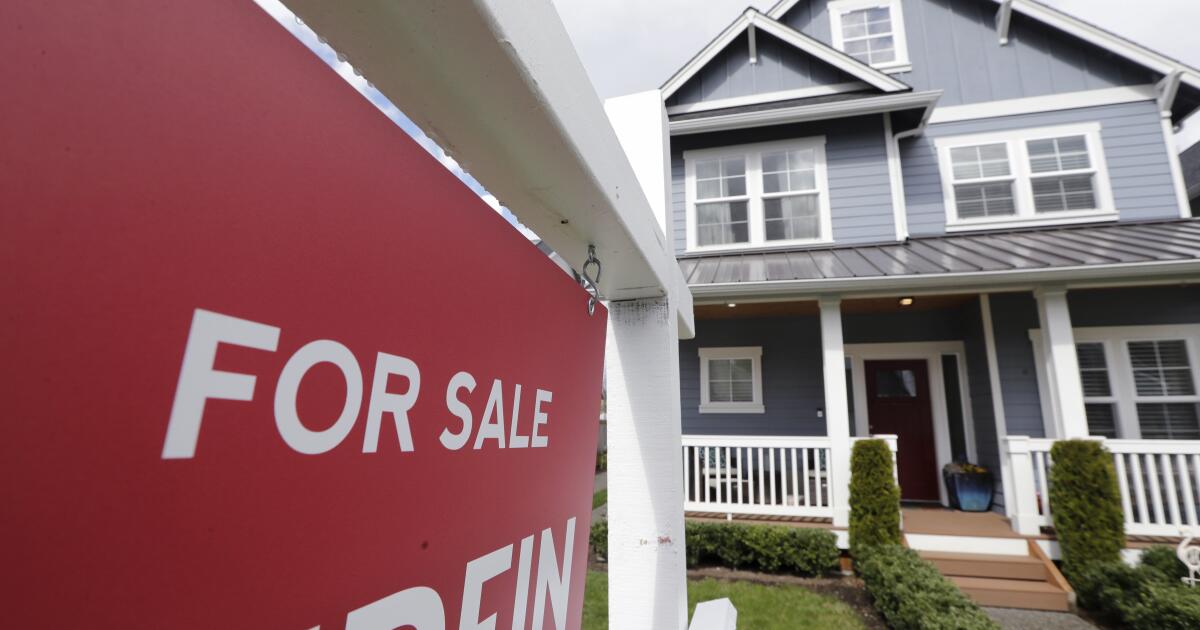Relaxing home lending rules could make up to 50 extra Greater Adelaide suburbs affordable for househunters previously priced out of the market.
Exclusive analysis by real estate services group Oliver Hume reveals changing the test for a person’s borrowing capacity by lowering the mortgage serviceability rate by half a per cent would make an extra five suburbs affordable for buying a house.
The number jumps to an extra 14 suburbs if the buffer was relaxed to a rate of 2 per cent, and 50 at 1 per cent.
If the serviceability buffer was lowered to 2 per cent, homehunters in Evanston Park, Willaston, Blakeview, Craigmore, Munno Para West, Brahma Lodge, Burton, Salisbury, Salisbury Park, Christies Down and Hackham West could borrow an extra $41,582 towards buying a house, the research found.
Prospective buyers in Birdwood, meanwhile, could borrow an additional $43,942.
The Coalition is promising to relax rules for approving home loans if it wins the federal election, claiming nearly 40 per cent of first homebuyers are not able to get a loan due to the restrictive serviceability buffer.
MORE NEWS
Government unlocks surplus land for housing
Multimillion-dollar sale proves property market is out of control
Iconic vineyard to be destroyed for 1000 homes
Oliver Hume chief economist Matt Bell believes lowering the serviceability buffer could help more homebuyers get their foot on the property latter.
The Australian Prudential Regulation Authority (APRA) imposes the safety buffer on banks to add when considering whether someone applying for a home loan will be able to make their repayments.
The serviceability buffer currently sits at a rate of 3 per cent above the lending rate after being raised during the Covid pandemic in 2021 when interest rates were at a record low of 0.1 per cent.
Under the current rate, the Oliver Hume data reveals borrowers can only afford to buy a median priced home in just 6.4 per cent of house and unit markets across Greater Brisbane – equating to 23 suburbs.
That would increase to just over 10 per cent if the rate was cut from 3 per cent to 2 per cent and 20 per cent if the buffer was cut to 1 per cent.
Oliver Hume chief economist Matt Bell said he believed lowering the serviceability buffer was “good housing policy”.
“We’ve got a housing affordability problem that is 20 years in the making,” Mr Bell said. “The real solution is the supply of more housing, but it’s hard to do and it takes time, so while this isn’t going to be a massive needle mover, that’s not a good reason not to do it. We should be pulling every lever we can.”
Mr Bell said the current rate of 3 per cent was penalising low to middle income households, with first home buyers particularly impacted.
“They’re literally saving to the point of when they hit that point that they’ve saved enough for a deposit, they go back to their lender and say; ‘we want to buy’,” he said.
“(Changes) will address an inequality that raising the buffer has exacerbated.”
MORE NEWS: Named: Australia’s riskiest suburbs revealed
SA suburbs with most extra borrowing power if the mortgage serviceability buffer was cut.
The Property Council is also calling for the Australian Prudential Regulation Authority (APRA) to make the mortgage settings easier for homeownership, particularly among first homebuyers.
“APRA should factor in first-time buyers when shaping regulations with an eye to boosting homeownership, maintaining balance and flexibility to adapt to changing conditions,” Property Council CEO Mike Zorbas said.
“With the correct financial and regulatory settings that appropriately manage risk, we can support more first-home buyers to get into the market.
“As always, supply remains the key consideration for making housing more affordable for Australians. To address this, we must streamline regulations, grow our construction workforce and remove investment-repelling taxes to support more home delivery across the country.”
The Property Council is also calling for the Australian Prudential Regulation Authority (APRA) to make the mortgage settings easier for homeownership, particularly among first homebuyers.
MORE NEWS: Surprise state where home approvals are lagging
First homebuyer Sharna Hackett says lowering the serviceability buffer would help her find a more suitable home. Picture: Wayne Taylor
Prospective first-home buyer Sharna Hackett jokes that having a bit more money in her kitty might allow her to purchase a residence with “an actual kitchen bench”.
In 2023, Ms Hackett moved back to Melbourne from Adelaide, after securing her dream job as a video manager in the visual effects industry following years of working overseas in the creative sector.
Aged in her forties, she is now hoping to buy a two-bedroom apartment not too far from her inner suburbs’ workplace.
Ms Hackett said that if mortgage serviceability buffers were cut – potentially expanding her home loan by tens of thousands of dollars – she might be able to buy in a pricier suburb than the ones she has been looking at.
“It might mean that I could be a little bit more open to things that are a little bit nicer or, you know, an actual kitchen bench,” she said.
Ms Hackett doesn’t see herself ever being able to afford a house unless she could flip an apartment for quite a bit more than she paid for it.
And she said that if mortgage serviceability thresholds were decreased, a new deluge of buyers would enter the market.
“My only concern would be, what tends to happen when things become more affordable is prices seem to go up because more people are looking at the same stock,” Ms Hackett said.
“I’m not necessarily sure that it would make a significant difference, because then I would just be competing with more people.”



















 English (US) ·
English (US) ·